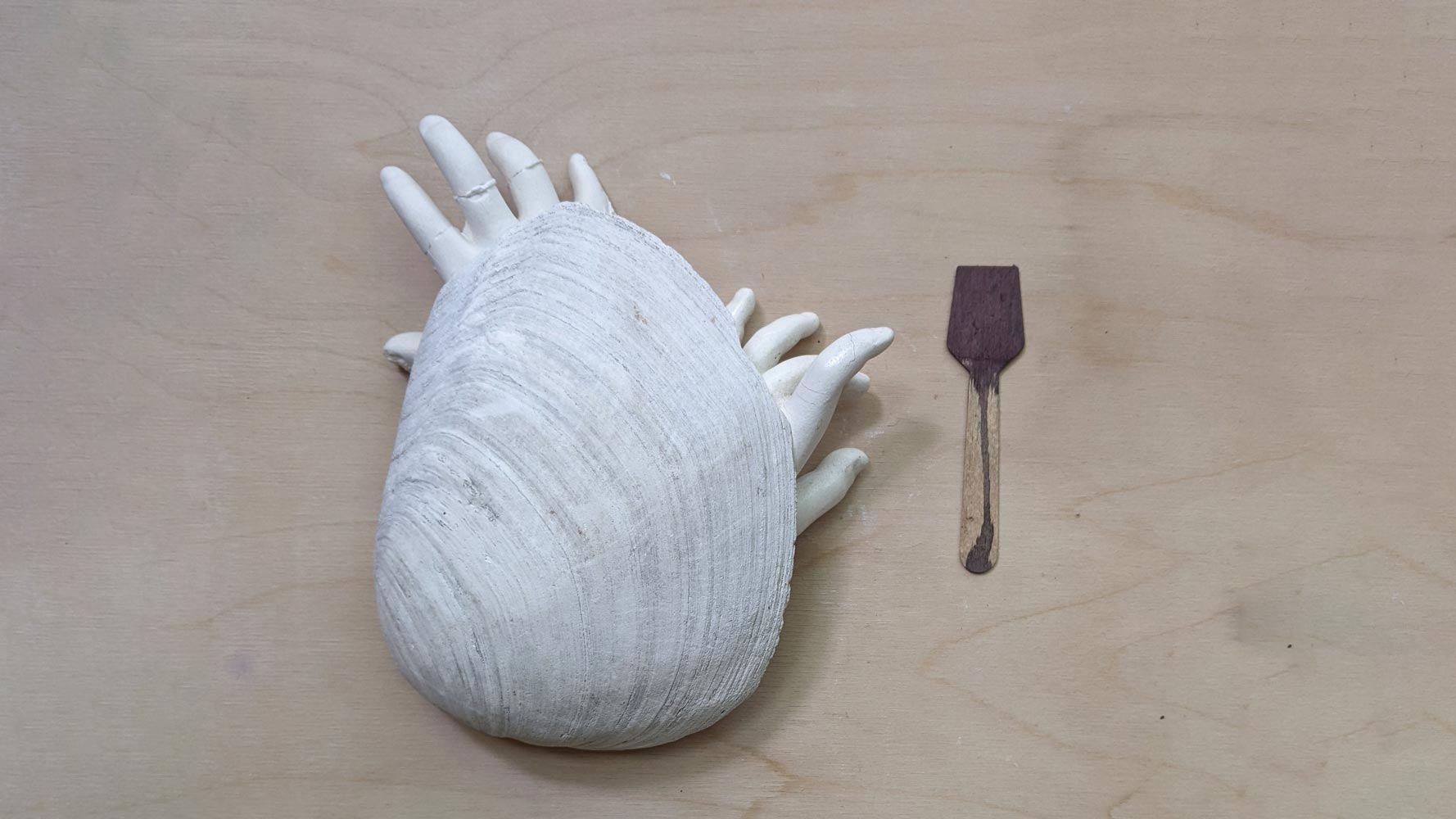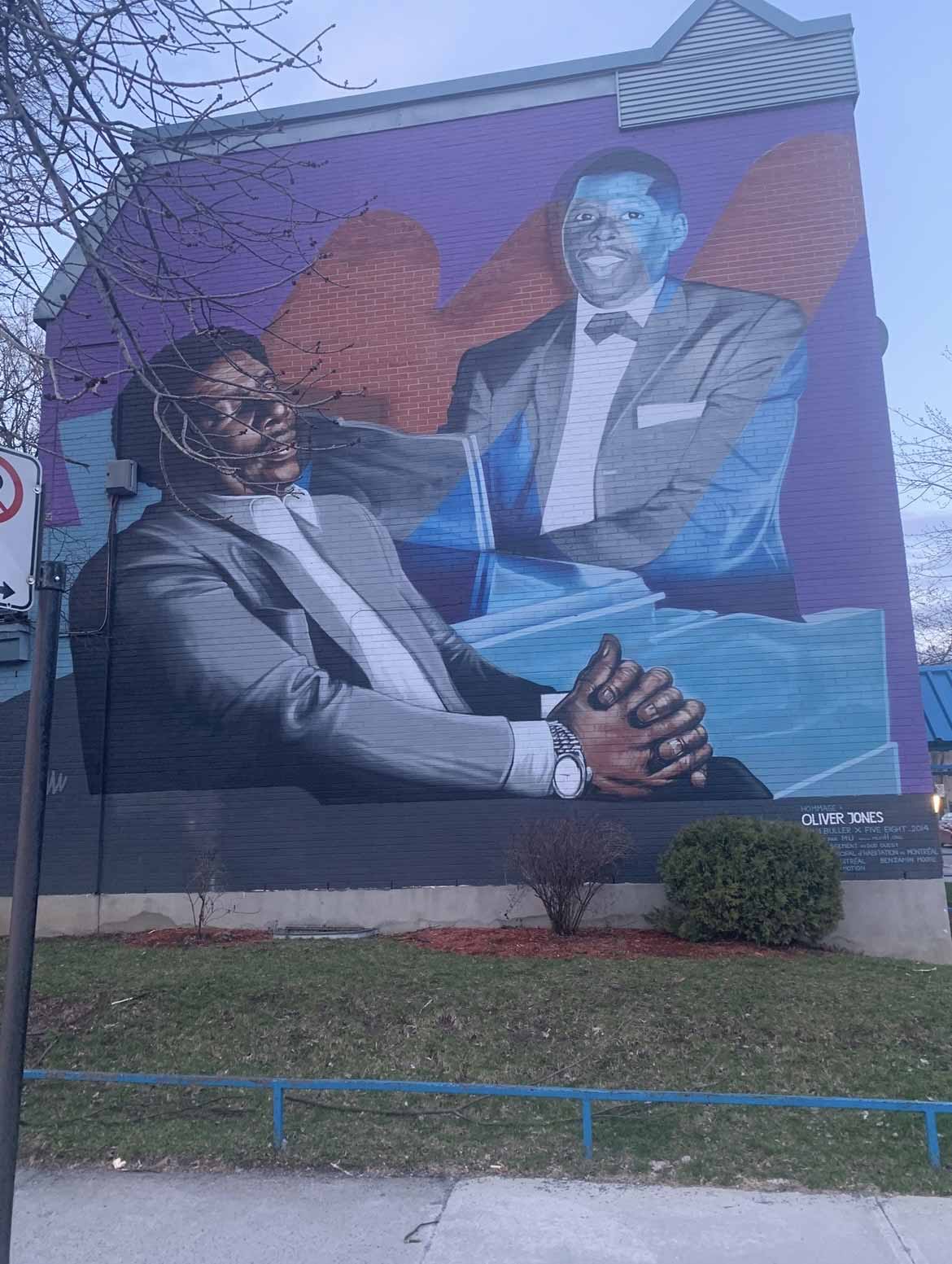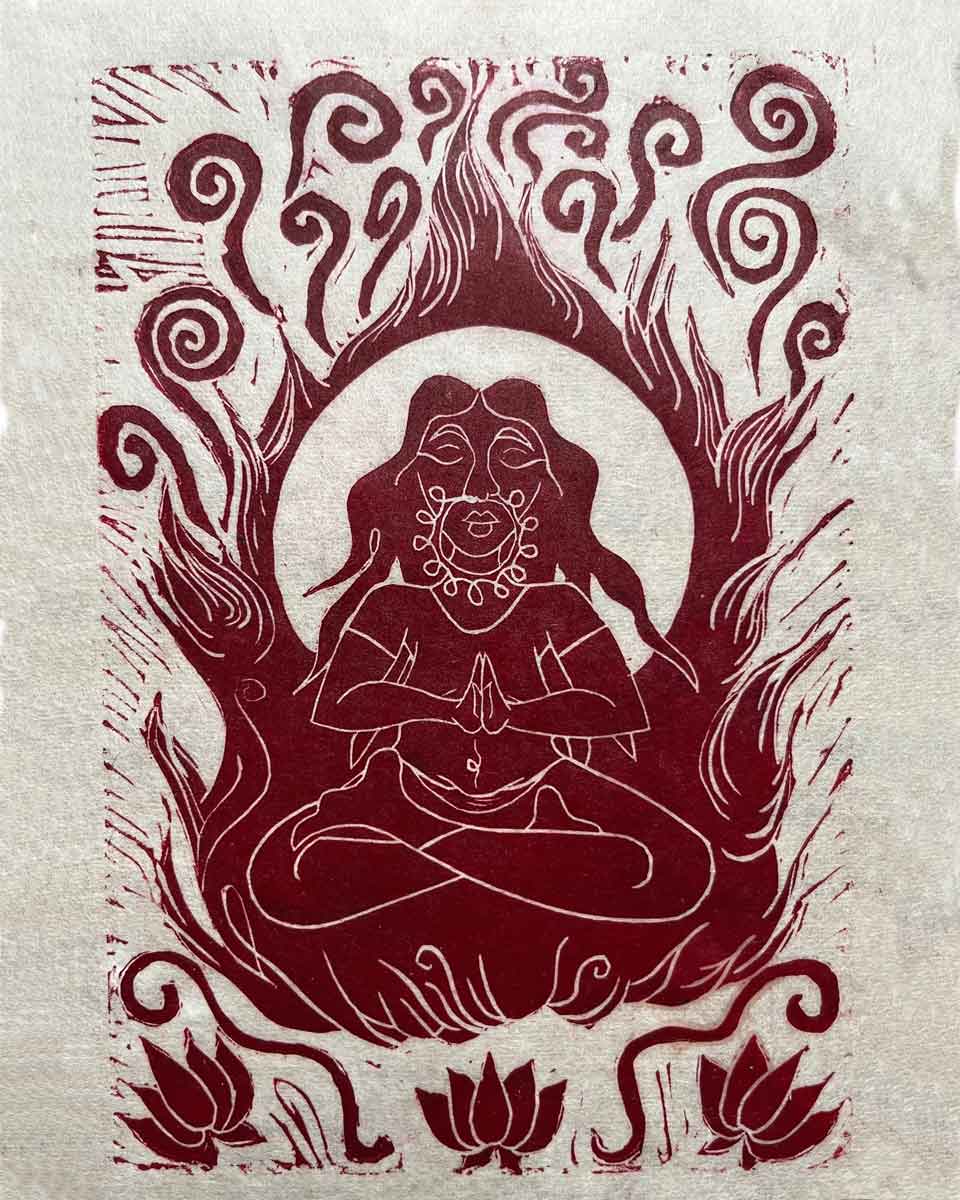Swollen men, blind with power
Break the rules, one by one…
Willie Nelson, “Under the Gun”
In the midst of her isolation in Brooklyn, in the midst of the coronavirus pandemic, my granddaughter texted, “I just want some human contact that isn’t mediated by a screen.” A young friend in Montréal emailed, “I’ve developed a terrible fear of THE OUTSIDE. I barely go out.”
Their words started me thinking and worrying. One way of looking at mental health focuses on the frame of reference. These days, in the world of the smartphone, the present is front and centre. The past is gone and the future hazy, both (re)constructed in the context of the digital present. This is especially true for young people who don’t have much of a past, of a time before our current crisis, and they may find it difficult to imagine a future. If reality, like beauty, lies in the eye of the beholder, then it becomes something created to suit our particular personality. But when the familiar cues are removed by a pandemic, or a war, or maybe climate change, then our engrams become inactive and we are left on our own without the context of memory.
Observers note that the environment created by the coronavirus pandemic has unravelled many aspects of the social order worldwide. In the U.S. this situation is exacerbated by a President who always seems to turn his gaze to the mirror of his own political likeness, so in his eyes, the origin of our current debacle becomes very much his political and social reflection rather than something biological and medical, or the economic travail of people.
Add masks to the equation. Masks are meant to hide or disguise the person who wears one. When I was growing up, The Lone Ranger hid his face. That was his schtick, his cloudy image. There were other heroes on film, in comics and on the radio who thrived in a bubble of confused identity. Of course, medical people wore masks as basic protection during their work, while these days we are all urged to adopt N95 or some facsimile, and an industry has emerged around masking. But how do masks affect our sanity as we cope with the pandemic reality? It feels like a scene from ‘Night of the Living Masked,’ spooky and scary, too reminiscent of those body snatchers.
Years ago, Julian Jaynes wrote a controversial book (The Origin of Consciousness in the Breakdown of the Bicameral Mind) suggesting that ancient man “listened” to the voices of the gods and implemented action without the resource of a rational or conscious mind, a phenomenon he attributed to the interface between the two sides of the human brain. Activity proceeded regardless. Consciousness or, alternatively, the concept of consciousness, he attributed to a later development in the progression toward our ‘civilized’ world.
In the context of Jaynes’ hypothesis, I wonder if we are headed back to some form of bicameralism, a kind of schizophrenia, fostered by the phones many of us carry in our hands. If sanity requires a context, a good Gestalt or a cognitive pattern to promote (healthy) consciousness, then what happens when things unravel, when the institutional order fragments? In the U.S. we now have an unstable president who fosters chaos by choice, his brand of crazy, a kind of schizophrenogenic strategy to derange the mental health of a large sector of the population in order to nurture a trove of true believers, people loyal to him, a population he can provoke and control, depending on his mood.
I’ll digress. I recently watched a noir movie made just after the end of World War II. A critic/commentator analyzed the film, noting the rich atmosphere, exteriors in New Mexico and Maine, interiors rustic but well furnished, a story enhanced by a Technicolor glow in a place where white people didn’t have to worry about money. Something was missing. In the middle of the night, I realized the missing piece was ‘soul,’ some sense of humanity that justified all the emotions on vivid display. That realization started me thinking about America, then and now.
I grew up in the environment of a just-ended war against Germany, Italy, and Japan. The country was filled with patriotism typified in songs like “The House I Live In:” What is America to me?/ A name, a map, the flag I see,/ A certain word, ‘Democracy,’/ What is America to me? The tune, written by the blacklisted Abel Meeropol and Albert Maltz, was sung by many artists from Frank Sinatra to Paul Robeson, with the words adjusted to suit the performer. In those songs and in the myths taught at school, I was immersed in ‘founders’ ideas, a whole catalogue of stories to explain, justify and indoctrinate my generation, as they had been used to ‘Americanize’ successive generations in the country as well as immigrants. The heroes (mostly men) were celebrated on designated holidays.
In the 1960s, I learned that from the beginning there had been naysayers who pointed out “inconvenient flaws” like slavery, the so-called Indian wars, the internment of Japanese Americans during WWII, the suppression of groups seen as a threat to the established order of things. And women were mostly left out of that early history. Without itemizing a litany of inconsistencies, fabrications and distortions, I found the history of “The House I Live In” to be a checkered tapestry, beautiful especially if you were rich and white, but often an ugly lump of coal for those who lost out.
This brings me back to the current plague. A plague forces us to isolate, sequester into our spaces without the shared moments that make us social creatures. And within that tent of aloneness we confront ourselves in ways unusual, stripped of our favourite defenses. We must rely on the media for information, news blathering in, news that can be very depressing. Without much companionship or social support, our engine of sanity can be stalled at the station, forcing us to confront things we have avoided or maybe never learned. In a digitalized timeframe held by phones, generations trained in immediate gratification see a world out of whack. This situation can induce a state of anomie, normlessness and alienation, being out there without a parachute. The most available adaptation is to become depressed or descend further along into craziness as we struggle to deal with the state of the world, the chaos out there.
As noted, in the U.S. the Sociopath in Chief chooses to nurture dis-ease and chaos in his brazen push to seize and maintain his power. Of course, he and his designated surrogates have been allowed to break the rules (not wearing a mask), one by one, contradicting messages from the medical world. He appeals to the many people who have come to adore him, a narcissistic Jesus.
In Orwell’s 1984, the screen sits on the wall. During the early computer age, that screen was on the desktop. In our new millennium, screens are handheld, on every street corner, at every bus stop. There are also wrist devices incorporating the features of a smartphone. Soon implants will monitor our health to enhance prevention and diagnosis of disease. All kinds of devices can promote control of the political system, and Ben Franklin’s nightmare, corruption of the populace, may come true. Down the road there will be implants at birth to teach us all the best practices and behaviours in a continuous progression to as yet undreamed delights. In the end, all human communication will be under our skin, the screens incorporated into our bodies, and we will be under the thumb of our leaders. At that point, a conscious mind may become optional, harking back to Jaynes’ bicameral mind notion, the gains of the last 3,000 years lost.
When the U.S. President is routinely labelled narcissistic, prone to tantrums, I find myself comparing his public behaviour to the struggles of the troubled teenagers I once worked with, because many were out of control. But when the national leader and role model is out of control, how does that affect the norms governing what is and is not permissible? In his domain, some people are allowed to walk around carrying automatic weapons, even into state legislatures. Others are killed by police or vigilantes for jogging while black or similar “offenses.”
During this pandemic, the media have clearly described large numbers of people fighting to survive social isolation within an economic disaster in an environment of desperation and psychological turmoil. Each day we catalogue new facets of societal failure, the failure of institutions to provide what is necessary for people. Looking ahead, some talk hopefully about a return to normal, a version of the good old days. But a counter-narrative would try to envision a ‘make this crisis into something useful’ approach, in the hope that we can fix the many fissures exposed by the pandemic. All this sounds hypothetical. In the here and now, how can we cope with all of the stressors: large numbers of people sick or dying due to the coronavirus; many without enough money to pay the bills and provide the basics of food and shelter; a universe of fragile seniors and needy children?
Societal and community inequities stand exposed, and we know that the pre-pandemic ‘normal’ did not equip the U.S. and many other countries for this crisis. Without rational leadership, and without a realistic plan for the future that can be implemented amid the ongoing political turmoil, the basic structures of society will continue to fail.
The words of the two young women I mentioned haunt me because I suspect what we call ‘mental health’ will be the last domino to fall. Both of them have been afflicted by an unstable external world, threatening psychological derealization. Such a profound loss is something we all must face. Some will be driven mad in the absence of live face-to-face human contact. Others may reach their lunatic endgame, consumed by their fears as they withdraw into the labyrinth, an emotional cocoon. And I watch their plight, helpless. I want to scream!









